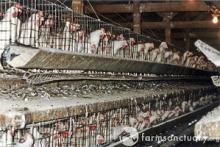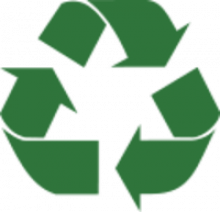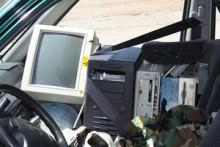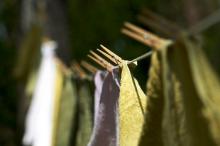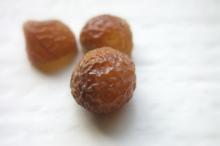That's Not Cow Poop - It's Biogas!
This is a topic near to my heart and my home, because Skagit Valley is one of the few places in the country with a working cow poop electricity plant. The manure digester went online last September, and has been merrily accepting deposits of cow manure and pumping out electricity ever since.
Of all the ways to deal with cow poop, turning it into electricity is certainly the most delightful. The manure digester here in Rexville is set up to allow deliveries from anyone who wants to bring a load of manure, which is great. Skagit Valley is home to a lot of small family-owned dairy farms and free-range beef cattle farms. They all have to do something with their poop!
Cattle waste is a serious problem, in America more than many other countries. We have so many cows! Between the thriving beef and dairy industries, Wikipedia says there are "1.3 billion cattle in the world today," almost 10% of which live in America.
A bigger problem in America comes from the way we keep our cattle. Concentrated feeding operations (CAFO) concentrate the poop, too, and are a huge contributor to both greenhouse gases and groundwater pollution. Big industrial dairy farms are just as bad. Most use a "manure lagoon," which is just as vast - and gross -as you would think.
Now, instead of just letting it decompose naturally, we may be able to capture the methane and use it in large scale electricity production. It will never match the output of solar, wind, or hydroelectric power plants - but it will use all that cow poop, which is basically free for the taking!
Capitalizing on the success of the manure digester, the New York Times is outlining a plan by which high tech companies like Google and Microsoft could run their server farms off in-house cow poop power plants. One genius part of this plan is that servers produce a lot of heat (most of the electricity demands of a server farm come in the form of AC units cooling the racks of servers), and manure digesters need heat to run properly.
The director of HP's "sustainable information technology laboratory" released a report which suggested that the future of server farms could be in the hands of America's dairy farmers. Dairy farmers could lease land to network operations centers (NOCs), the NOCs could be powered by mini-manure digesters, which are fueled by the dairy cattle.
I imagine the NOC staff could also strike up a pretty good deal on cheese and other dairy products! But that's beside the point.
As the website of the Skagit Valley manure digester's company (Farm Power) points out, another benefit to cow poop power is that it doesn't divert food into the power system. Last summer saw a sharp increase in the price of basic staples like wheat and soy, partly because of the rise in popularity of biofuels. Biodiesel made from corn sounds like a great idea on the face of it, but not if it's taking food out of people's mouths!
Luckily, no one will miss the cow poop.
Creative Commons-licensed image courtesy of Flickr user susieblackmon


